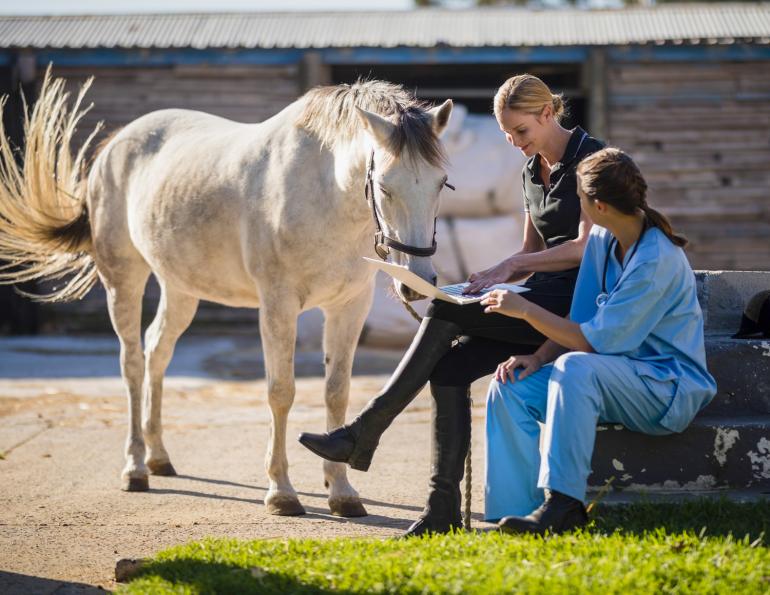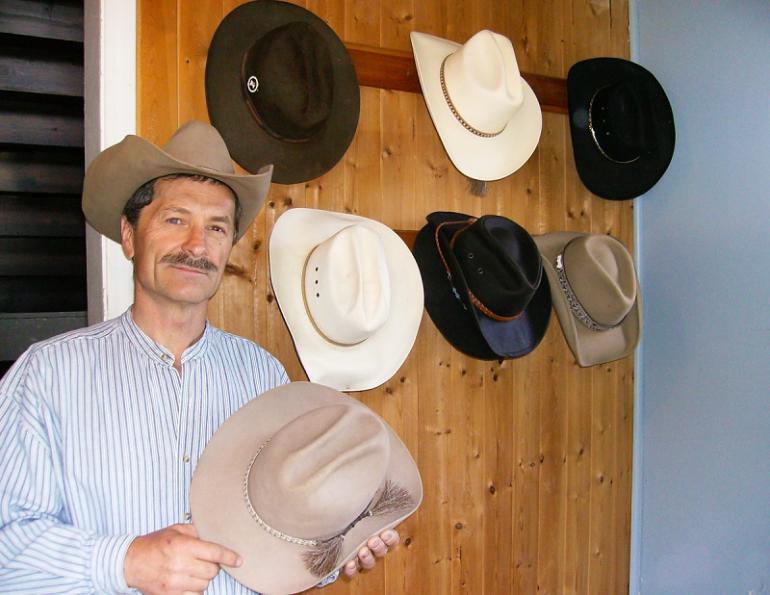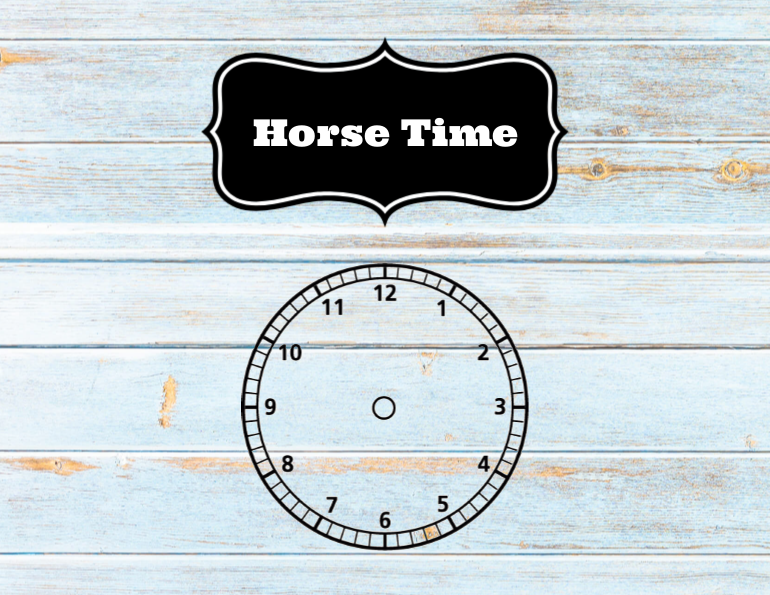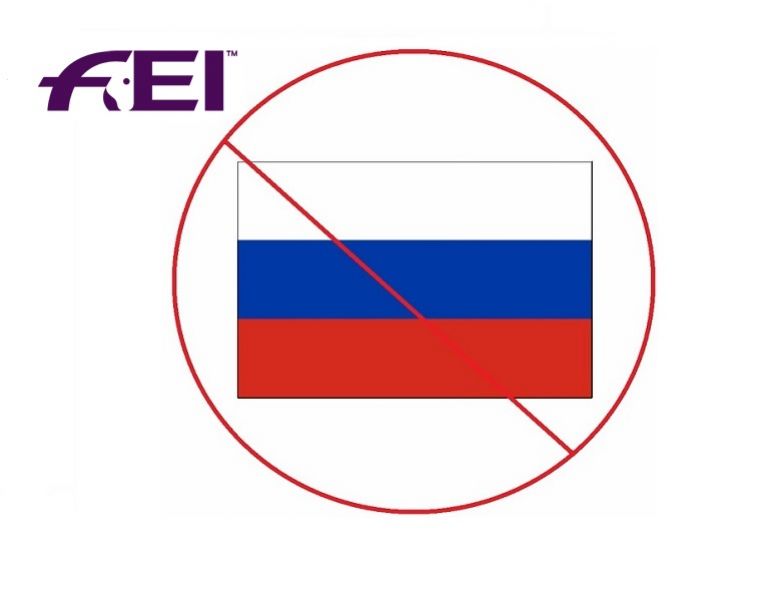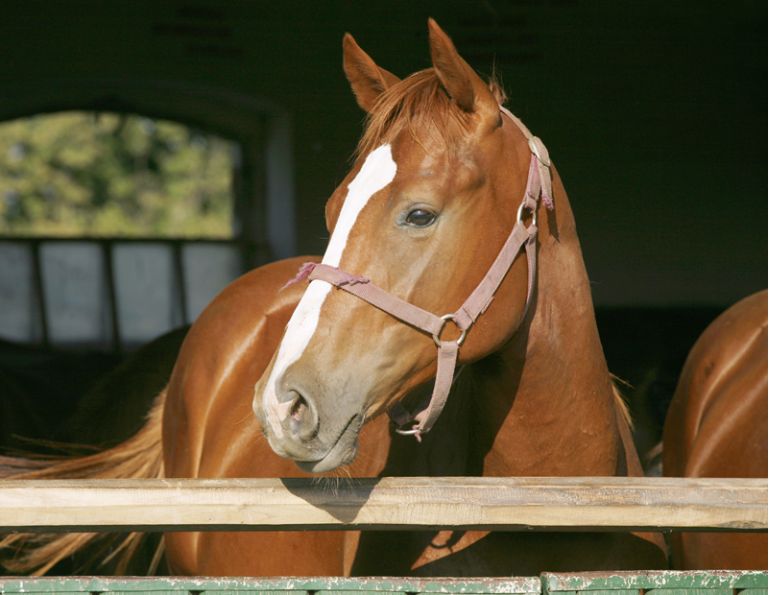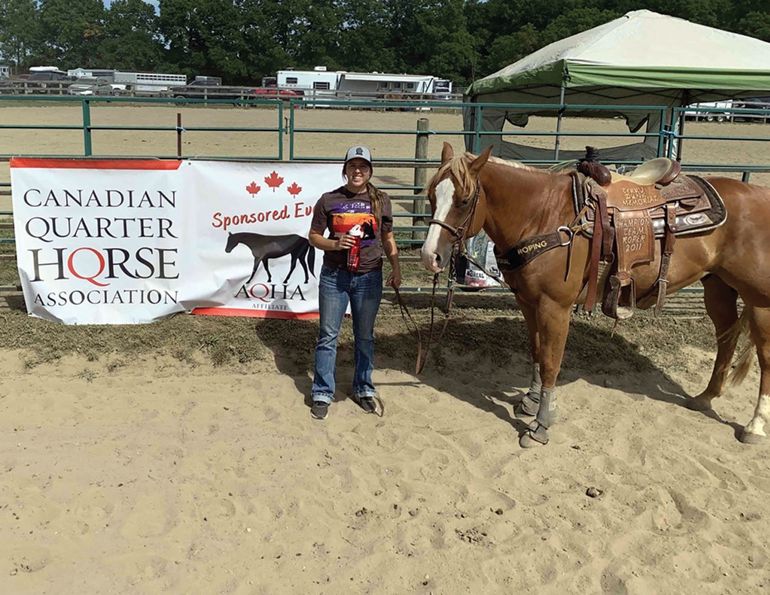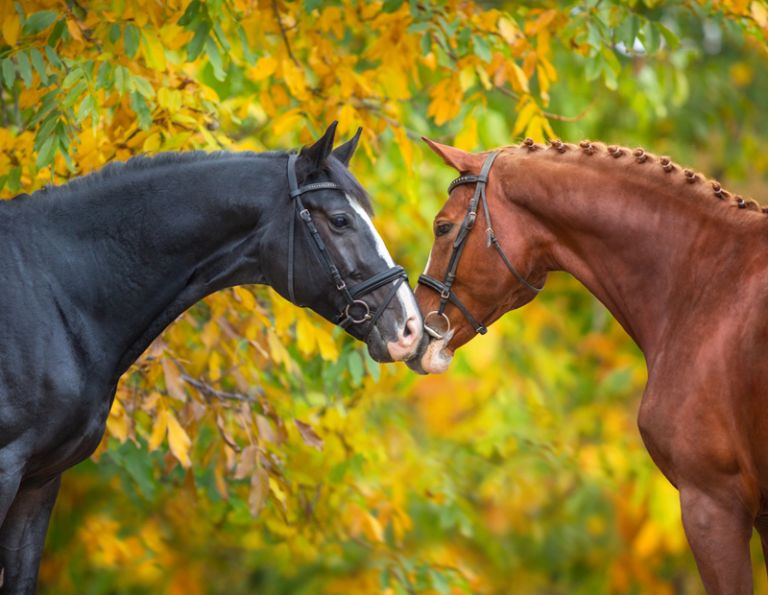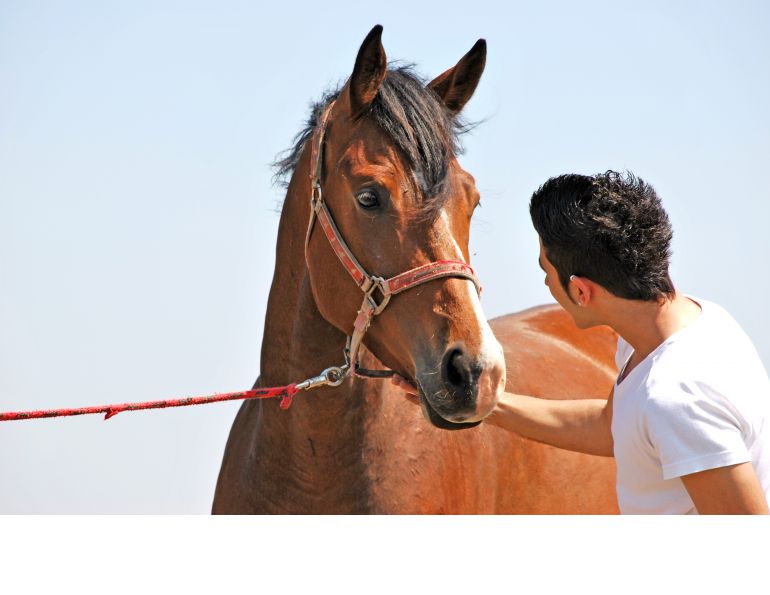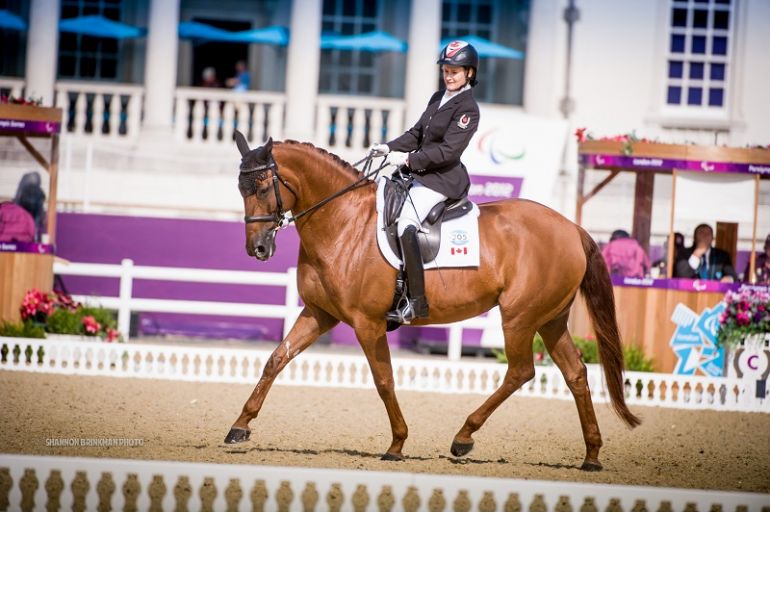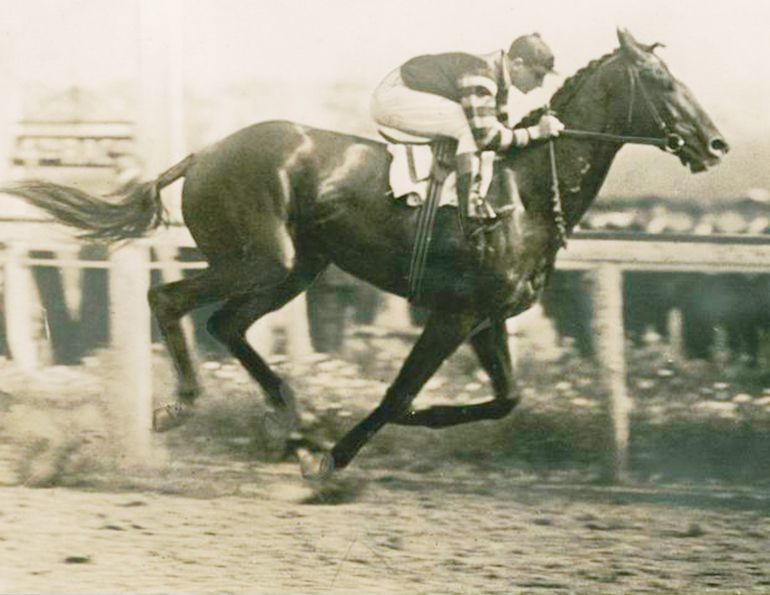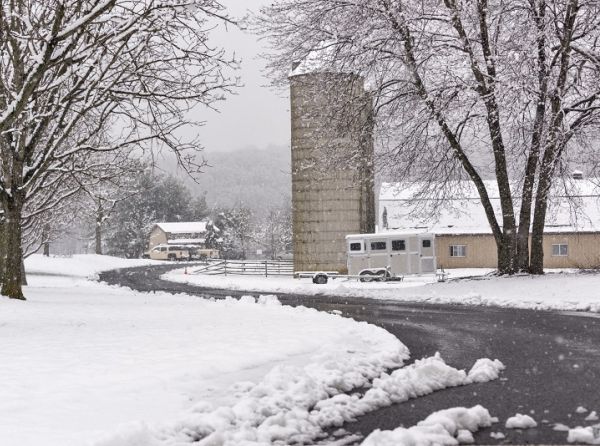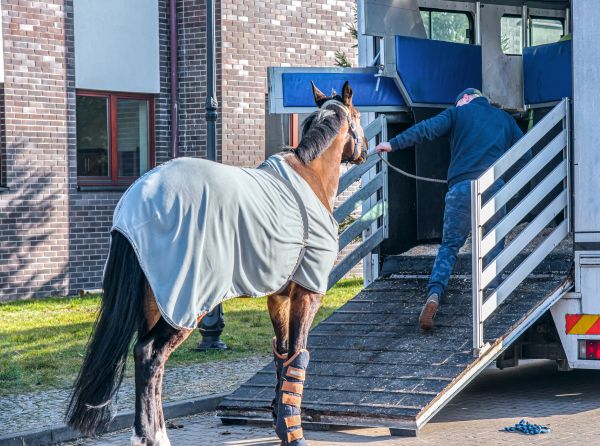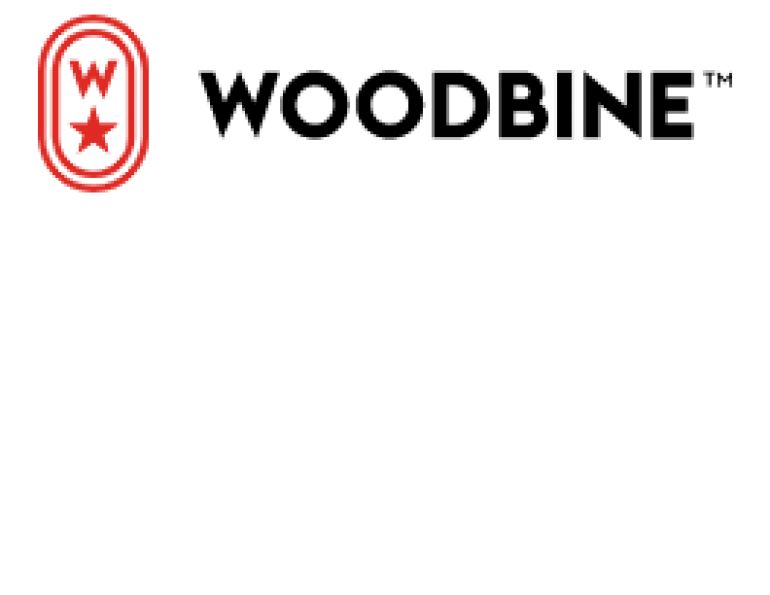Improving communication of science in equestrian communities
By Melissa McGilloway, Equine Guelph Team
The International Equitation Science Conference, with the theme of Bringing Science to the Stable, kicked off on Sunday, August 18, 2019 with two pre-conference workshops. The first was Lost in Translation presented by two members of the International Society for Equitation Science (ISES) Council, Cristina Wilkins of Horses and People Magazine, and Kate Fenner of Kandoo Equine. Using their media background and experience, they discussed ways to improve the communication of science in equestrian communities.
Results of a survey conducted to gain insight into how horse owners are gathering information on horse training, management, and behaviour helped set the scene. The results showed that one of the main challenges equestrians experience with respect to finding information is trying to differentiate between opinion and quality information. When asked the same question, researchers highlighted their biggest challenge as the misrepresentation and misinterpretation of scientific studies. The survey also found that horse people find information using a very wide variety of sources.
Identifying reliable information can be challenging when we are being flooded with information in the news and social media. So, what can be done? How can we ensure that evidence-based information is recognised and accepted? As scientists and professionals in the equine industry, we need to build community trust by sharing content designed to engage with specific audiences. And scientists are not alone!
“Today more than ever, it is important that scientists are able to deliver their findings to a wide range of audiences across different platforms without them being lost in translation. There are many resources available to help scientists structure their communications more effectively, and I hope that some of the strategies and options Kate and I presented during our workshop will be helpful and encourage everyone to get involved,” says Cristina Wilkins.
While sometimes science contributes new information, much of the work challenges existing practices and requires scientists to debunk myths, and this can be problematic. Unless great care is taken, any effort to debunk misinformation can backfire, and actually reinforce the very myths one seeks to correct. Wilkins and Fenner quoted some well-researched strategies, such as focusing on the message instead of highlighting the myth and avoiding over-complicated corrections. Additionally, topics that tie in with people’s worldviews and sense of cultural identity can be difficult, as encountering counter arguments can strengthen the original view. It is also extremely important to provide feasible alternative explanations, as people prefer an incorrect over an incomplete model. Any gap in information needs to be filled with quality information as much as possible to avoid it being filled with poor alternatives and misinformation. When writing articles, headlines, captions and so on, Wilkins and Fenner advised participants to keep it simple and address the key message. While dramatic language, questions, and controversy catch attention and drive clicks, these tactics can backfire, especially when most people do not read the entire article or understand the message; in such cases, readers tend to jump to conclusions, become defensive, and resist the information.
To see change in the industry, we need all scientists to get involved and contribute evidence-based information to the riding public. Utilise the many tools available and go to where your audience is getting their information. Change may be slow, but progress will be made for the benefit of horses and horse people.
The International Society for Equitation Science (ISES) is a not-for-profit organisation that aims to facilitate research into the training of horses to enhance horse welfare and improve the horse-rider relationship.
For more information visit www.equitationscience.com.
Reprinted with the kind permission of Equine Guelph.
Main photo: Dreamstime/WavebreakmediaLtd.



